lostdog
Shiny_Rock
- Joined
- Dec 14, 2004
- Messages
- 179
Okay, I am trying to understand HCA...
The gist is that what matters more than an individual measurement is the performance of the combination of certain measurments. HCA reduces this to pavilion and crown angle organized by table %. Logic being light goes through the crown, reflects/refracts off pavilion and returns to exit through the crown, star, table, and girdle facets. (okay, it''s not that simple, but anyway...)
I think I have that right, but I hope anybody can correct as needed.
So,
The HCA rating actually works by taking the measurment of the diamond as input and comparing them to the pavilion by crown by table set of data points (2197 points = 13x13x13).
Crown angles are in 1 degree steps and Pavilions in 0.5 degree steps (grouped in 1 degree table increments).
Then for a given table, there are 169 points on the grid (13x13).
The 169 points are the result of subjective analysis of virtual models of the 169 angle combinations, each rendered in several different lighting conditions.
The HCA screen shows a contour plot of the overall scores, which suggests something continuous. My question (for now) has to do with how an individual score is generated. Looking at the scores over a given range, the scores between any of the two data points come from a simple linear interpolation, is that right? Or is there a spline sort of a surface involved?
Which leads into the question of how neighboring points impact a score...
My concern here is looking at diamonds which are not in the solid middle of the red area. There are some places where very small variations in angles make huge differences in HCA scores
On http://www.diamond-cut.com.au/25_accuracy.htm the following is mentioned: "A ±0.2 degree variation in angle data can give rise to as much as 0.6 variations in HCA score in some critical cases, or as little as 0.1 in less critical zones. "
But I can find even greater sensitivity to the angles. +/- .1 degree shifting HCA up a whole point. Try 55% table with 34.9 crown angle and sizes around 41. 40.5 is obviously great, but 40.9 is still 1.7 HCA while 41.1 is 2.7 HCA.
My impression is that some of these highly sensitive spots on the chart (between the dark red and the thinnest part of the green band) may not represent the true performance of the stones. Is .2 degrees here going to knock off the beauty of the stone to the extent the difference in HCA scores suggest?
Which is why I ask about the scoring calculation. The local scoring of the 40.9 is interpolated from the evaluation of the 40.5 stone and the 41.0 stone, and the 41.1 stone is dependant on the 41.0 and the 41.5 scores?
Since this represents a big jump in the value of the stone, and suggests a major difference in their performance, would it make sense to have more data points in these rapid transition areas?
I know one good defense of the HCA system is that it allows you to reject stones, and that it''s safer to stay away from the edges of cliffs and all that. But there are sometimes stones that otherwise look very good in all measured respects, and then they stray from the mainstream area of HCA and raise doubts. So it''s comforting to wait until you have a stone you can''t chip away at with HCA, so to speak, but assuming I don''t have plenty of ideal cut stones to compare in my given price range, color preference, clarity tolerance, it''s not easy to see what is the case in real versus modeled reality.
I don''t feel I have to have some specific HCA to get a top quality stone, but I would like to think I am not passing up something really good to spend $$$ more on a tenth of a degree, maybe two.
- - - - -
BTW, this is my first post. Thanks for all the great info you guys/gals have managed to gather here. It also seems like you''ve been having quite a good time!
The gist is that what matters more than an individual measurement is the performance of the combination of certain measurments. HCA reduces this to pavilion and crown angle organized by table %. Logic being light goes through the crown, reflects/refracts off pavilion and returns to exit through the crown, star, table, and girdle facets. (okay, it''s not that simple, but anyway...)
I think I have that right, but I hope anybody can correct as needed.
So,
The HCA rating actually works by taking the measurment of the diamond as input and comparing them to the pavilion by crown by table set of data points (2197 points = 13x13x13).
Crown angles are in 1 degree steps and Pavilions in 0.5 degree steps (grouped in 1 degree table increments).
Then for a given table, there are 169 points on the grid (13x13).
The 169 points are the result of subjective analysis of virtual models of the 169 angle combinations, each rendered in several different lighting conditions.
The HCA screen shows a contour plot of the overall scores, which suggests something continuous. My question (for now) has to do with how an individual score is generated. Looking at the scores over a given range, the scores between any of the two data points come from a simple linear interpolation, is that right? Or is there a spline sort of a surface involved?
Which leads into the question of how neighboring points impact a score...
My concern here is looking at diamonds which are not in the solid middle of the red area. There are some places where very small variations in angles make huge differences in HCA scores
On http://www.diamond-cut.com.au/25_accuracy.htm the following is mentioned: "A ±0.2 degree variation in angle data can give rise to as much as 0.6 variations in HCA score in some critical cases, or as little as 0.1 in less critical zones. "
But I can find even greater sensitivity to the angles. +/- .1 degree shifting HCA up a whole point. Try 55% table with 34.9 crown angle and sizes around 41. 40.5 is obviously great, but 40.9 is still 1.7 HCA while 41.1 is 2.7 HCA.
My impression is that some of these highly sensitive spots on the chart (between the dark red and the thinnest part of the green band) may not represent the true performance of the stones. Is .2 degrees here going to knock off the beauty of the stone to the extent the difference in HCA scores suggest?
Which is why I ask about the scoring calculation. The local scoring of the 40.9 is interpolated from the evaluation of the 40.5 stone and the 41.0 stone, and the 41.1 stone is dependant on the 41.0 and the 41.5 scores?
Since this represents a big jump in the value of the stone, and suggests a major difference in their performance, would it make sense to have more data points in these rapid transition areas?
I know one good defense of the HCA system is that it allows you to reject stones, and that it''s safer to stay away from the edges of cliffs and all that. But there are sometimes stones that otherwise look very good in all measured respects, and then they stray from the mainstream area of HCA and raise doubts. So it''s comforting to wait until you have a stone you can''t chip away at with HCA, so to speak, but assuming I don''t have plenty of ideal cut stones to compare in my given price range, color preference, clarity tolerance, it''s not easy to see what is the case in real versus modeled reality.
I don''t feel I have to have some specific HCA to get a top quality stone, but I would like to think I am not passing up something really good to spend $$$ more on a tenth of a degree, maybe two.
- - - - -
BTW, this is my first post. Thanks for all the great info you guys/gals have managed to gather here. It also seems like you''ve been having quite a good time!







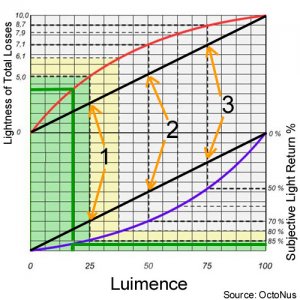
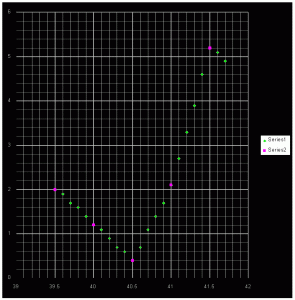
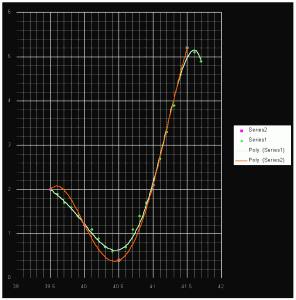

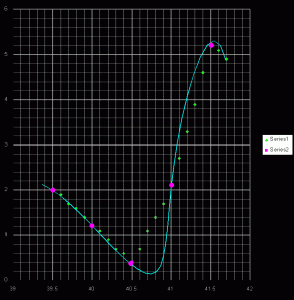
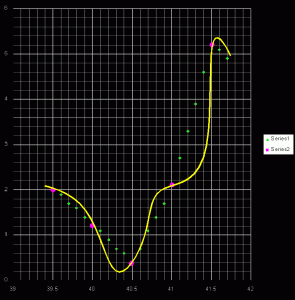
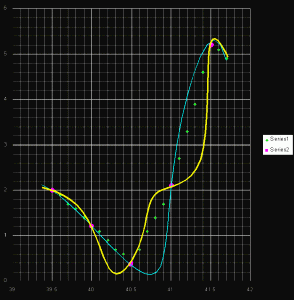


300x240.png)